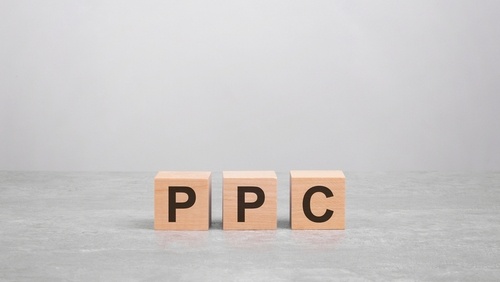Email marketing remains an incredibly powerful way of engaging customers and forming relationships with individuals.
But when it comes to best practices, many companies forget what their end aim is, what email marketing can achieve, and what they should avoid doing.
This is why we have highlighted some of the most important best practices to ensure your future campaigns benefit.
Make sure your subject line commands attention
All of us are flooded by emails on a daily basis. I’m sure there’s a number of unread emails in your inbox right now, or a whole raft of emails that got mass deleted. Why’s that? Because they didn’t capture your attention.
Make sure any you are sending capture the hearts or minds of your audience, and command attention through a short but snappy subject.
You need to catch the eye of your reader to ensure they read your email, or even open it in the first place to see what you have to offer.
Segment your email lists
You could send the same email to hundreds or even thousands of your customers.
But wouldn’t it be much better if you could tailor your emails to specific customers who have different needs?
It’s worth segmenting your email lists into categories. If you are a B2B business for instance, consider slicing up your email list into businesses by industry, and creating campaigns for specific industries. Or maybe the split is B2C/B2B. Or perhaps you create campaigns for particular demographics when it comes to B2C email marketing.
Ensure email campaigns are relevant
Leading on from ensuring you have the right audience, make sure what you’re actually sending is relevant.
Keep in mind what you want the message of your email to be from the beginning, and make sure it ends up the same way.
Similarly, remember what you actually want to achieve by sending this email. Do you want people to sign up for a new service? Purchase your product? Get in touch? Enquire about a particular item or service? Give feedback?
Make sure the email content, design and subject line is all completely relevant to your end objective.
Also, avoid click-bait subject lines that aren’t relevant to the body of your email. People can feel cheated if they open an email and it is something completely irrelevant to what they were expecting. This can damage the image of your brand – though it’s worth getting creative with subject lines that get people to click, mind.
Create relationships with your audience
Whether this is through a regular email newsletter or bulletin, or generating a more conversational tone across multiple email, it’s worth considering how you want to use emails to build the relationship up with your customers.
Email marketing is still an incredibly powerful way to directly communicate with your customers, and land straight in their mobile device wherever they are.
Avoid hard selling in every email
Make sure what you are sending gives value, and isn’t always a hard sell.
If all you do is promote products or services to people who haven’t already used what you have to offer, then they are likely to get annoyed at some point. It’s just a matter of time.
Instead, spread out the sales emails, and ensure you have other campaigns that provide genuine value or information to your customer.
This helps in building a relationship, and maintains a balance. You could promote company news, your own content or blog, competitions, giveaways, videos, or other forms of content.
Consider automating your emails
If you’re still sending out every single email manually through a client such as Mailchimp or even Outlook itself, this could become a lot easier.
Marketing automation has revolutionised the way businesses engage with their customers, and ensures they touch base with potential and existing customers on a regular basis.
With marketing automation, you need to generate emails and set certain criteria that triggers these emails. Then it does the rest for you.
Marketing automation also boasts a wide range of other features and benefits that can take your digital marketing to the next level.
Ensure you have permission from your subscribers
It’s always best to make sure you have permission from the people you are going to be sending emails to.
While there are certain areas where you can send emails to people who may not have directly signed up, it’s still largely frowned upon.
But even if you are sending cold emails to people who have not given permission, this isn’t in your best interests. It’s likely they will unsubscribe from any newsletters if they didn’t want to receive it, or not respond to your direct emails if they aren’t expecting it.















